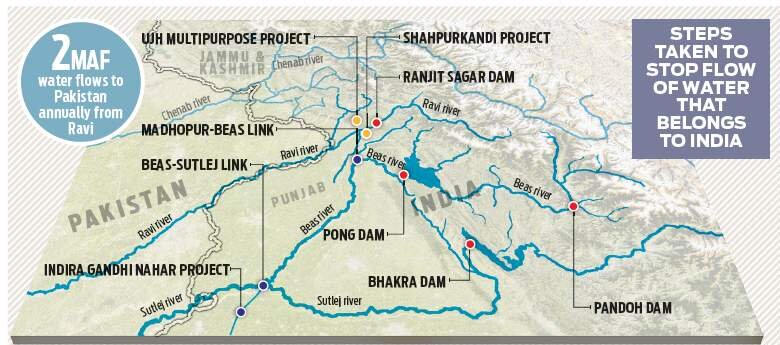Context
Defence cooperation has been one of the fundamentals of the bilateral relationship between India and France, which developed a close and ambitious strategic partnership for over 20 years.
Defence cooperation between France and India
- A long history of cooperation: The defence cooperation between our two countries can be traced back to the first few years following India’s Independence.
- As early as 1953, the Indian Air Force was equipped with a hundred Toofani fighter jets from Dassault, then the Mystère IV, which defended India in tough times.
- This marked the first page in the history of cooperation in military aviation, which also recorded the supply of 60 Mirage 2000s in the 1980s.
- Rafale deal: The ongoing delivery of 36 Rafales is being done as per the schedule.
- The first batch of aircraft, currently being used to train Indian pilots, will land at Air Force Station Ambala within a few months.
- Partnership in maritime domain: Today, the partnership has been deployed in the maritime domain, in support of our joint strategic vision for the maintenance of stability and security in the Indo-Pacific.
- As far as naval equipment is concerned, the Indian Navy has already commissioned two of the six submarines built in Mumbai as part of an industrial partnership between Mazagon Dock Shipbuilders Limited (MDL) and Naval Group.
Industrial cooperation between the two countries
- Support to indigenous production: As for industrial cooperation, the French approach has always been, whenever possible, to offer partial indigenous production in India.
- France was largely a precursor with regard to Make in India, with HAL manufacturing the light helicopters Cheetah and Chetak, and BDL’s Milan anti-tank missile in India in the 1960s.
- It continues this policy today. The plant built under the Dassault Aviation and Reliance joint venture will enable, for example, the complete production of the Falcon 2000 business jet here in India by 2022.
- Transfer of technology: After the delivery of the first two Scorpene submarines, transfers of technology provided by the Naval Group enabled MDL to be solely in charge of building the next four submarines.
- The design of these submarines has thus become largely Indian knowhow.
- Safran will soon inaugurate an aircraft wiring systems factory in Hyderabad and also build another major facility to manufacture LEAP turbofan engine components.
- Thales is investing massively in engineering works in Bengaluru, MBDA is building a plant in Coimbatore and French aeronautical equipment manufacturer Latécoère recently inaugurated a factory in Belgaum.
Opportunities for further cooperation
- Developing the supply chain at all the levels: The French aerospace industries association, GIFAS, and GICAN, the French Marine Industry Group, are organising a seminar focused on this subject during DefExpo.
- Along with the Society of Indian Defence Manufacturers (SIDM), they are exploring opportunities for developing Indo-French industrial partnerships at all stages of the production chain.
- Promoting Make in India: India can count on France being by its side for its Make in India enterprise.
Conclusion
India and France both share the same vision for a new balanced multipolar world, which must be based on the rule of law. They also share the same vision on the main challenges of the times, be they security developments in Asia and the Indo-Pacific, or combating international terrorism. But it is by possessing the capability of ensuring national security and making strategic choices that most efficiently defend their shared principles and visions.



